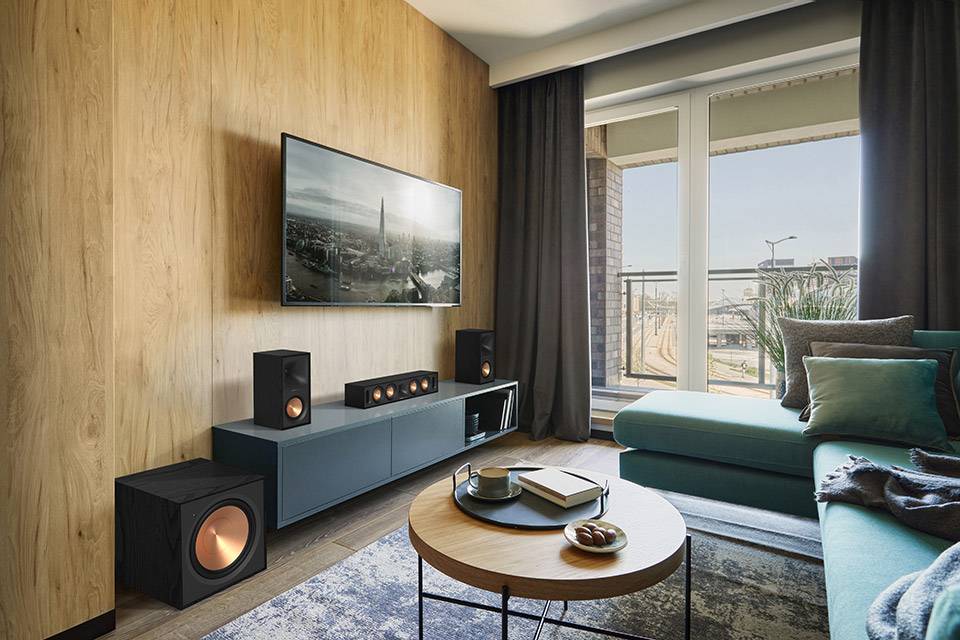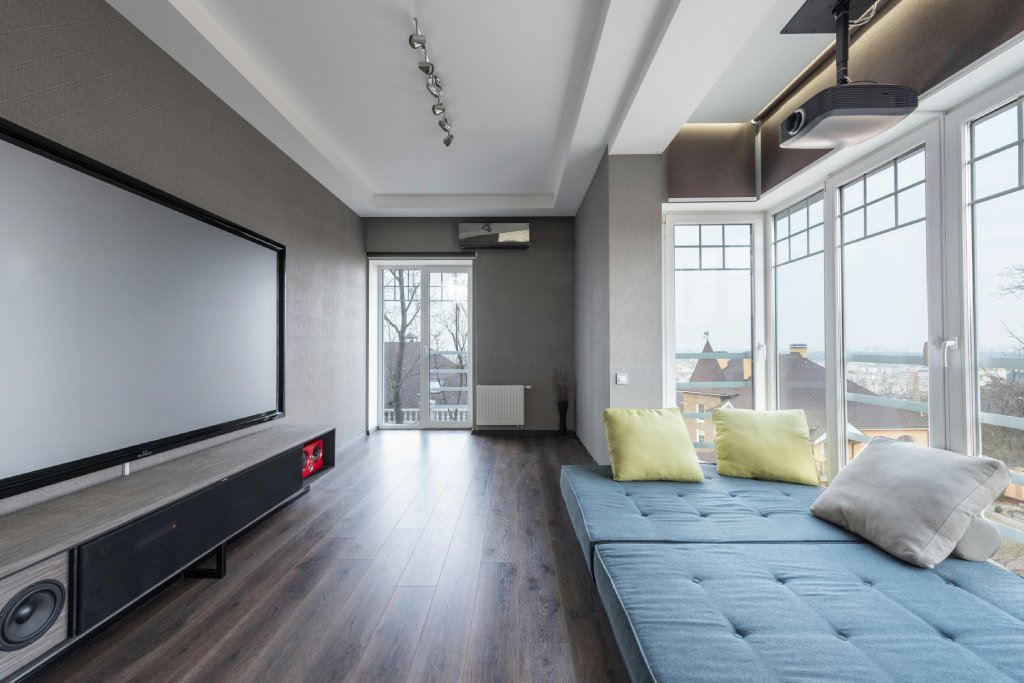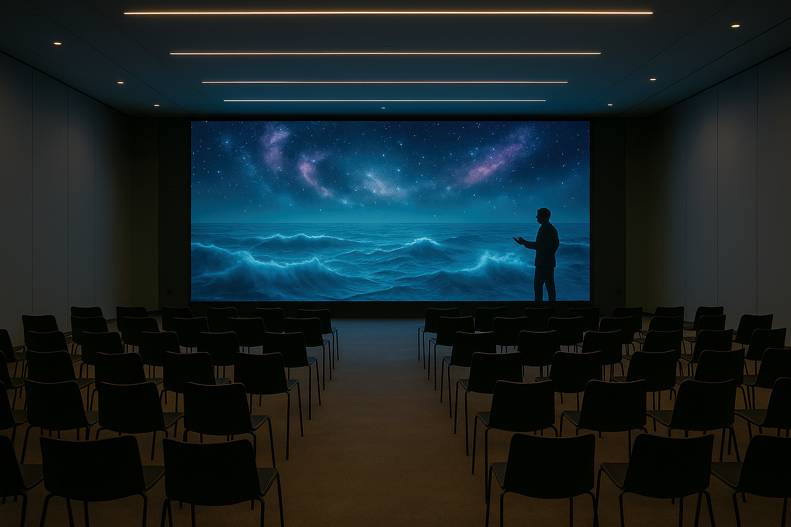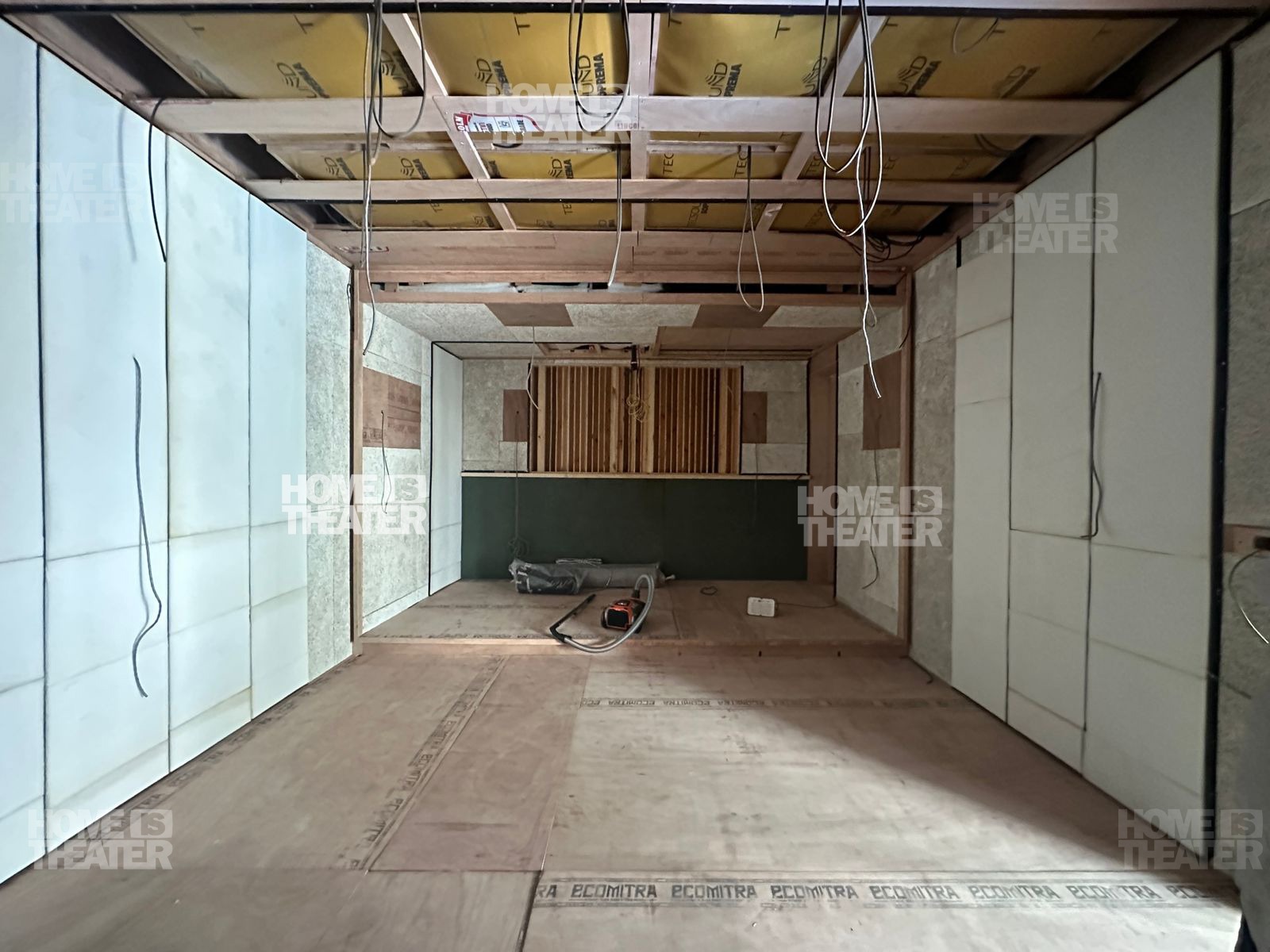Part 1 - Living Room Home Theater - The nuts & bolts of it
Over the past 17 years of designing home theater rooms, I’ve found that the living room setup is always a unique challenge. High-end AV design in a shared space is far more complex; the acoustics, layout, and aesthetics all have to work together without compromise. In this four-part blog series, I’ve tried to unpack some of the key areas that make or break a great living room theater.

In Mumbai’s premium residential towers or Bangalore’s distinguished villas, dedicating 150–300 square feet for a private theater is not merely a matter of interior design; it entails a significant opportunity cost. Within the realities of Mumbai’s intense real estate market, each square foot represents valuable, flexible living potential. Buyers in the ₹6–12 crore segment often face the choice between a home theater and a guest bedroom, home office, or that cherished city-view alcove a decision that demands careful scrutiny, especially for those focused on optimising a home theater budget for a villa or apartment setup.
It is essential to recognize that, beyond the initial build and acoustics, the true cost of a dedicated room is in its usage. Numerous client experiences in both Mumbai and Bangalore reveal that while the promise of a luxury home theater in a villa is compelling, usage frequency tends to decline after the early novelty fades. When a theater requires a series of steps closing heavy doors, activating blackout systems, waiting for air conditioning and projector warm-up the room inevitably becomes less spontaneous, and for many, less lived in. When every square foot carries premium value, such idle space is a heavy investment.

By contrast, flexible home theater setup in Bangalore and similar markets favors seamless integration: projection systems, in-wall speakers, acoustic panels, and motorized blackout curtains are blended with overall interior design. Such hybrid spaces are used more frequently, encouraging families to gather for movies, OTT content, or gaming almost daily. Owners report that, while these rooms may not achieve the absolute acoustic isolation of a dedicated cinema, they reflect real-world priorities by maximizing use.
This integration-focused approach is not only practical: it is increasingly considered best practice by interior designers and architects specializing in home theater setup in Bangalore and Mumbai. The prevailing design ethos is to create ‘theater zones’ flexible spaces where the technology fades into the background and every square foot continues to serve the needs of modern luxury living.
When Does a Dedicated Room Make Sense?

There remain clear scenarios where a fully dedicated theater is justified. These include:
- Homes with a spare floor, basement, or truly isolated room are even more common in large penthouses, 4BHKs, duplexes, or row houses.
- Clients whose home theater usage is a passionate, frequent pastime: cinephiles who value calibrated acoustics, true cinema immersion, and reference-level sound.
- Those whose home theater budget for villa-class properties allows allocation of both space and resources expressly for uncompromised audiovisual performance.
For the vast majority, however, including owners of luxury homes in Mumbai and Bangalore, a seamless, multi-functional home theater setup offers superior day-to-day value. Experienced integrators and satisfied homeowners concur: the ultimate measure of a system’s success is not in the per-square-foot spend, but in how often it is truly lived in and enjoyed.
If you’re evaluating home theater setup cost in India, or considering best-in-class home theater design in Mumbai or Bangalore, focus on smart integration and day-to-day functionality. The smartest luxury today is flexibility.











